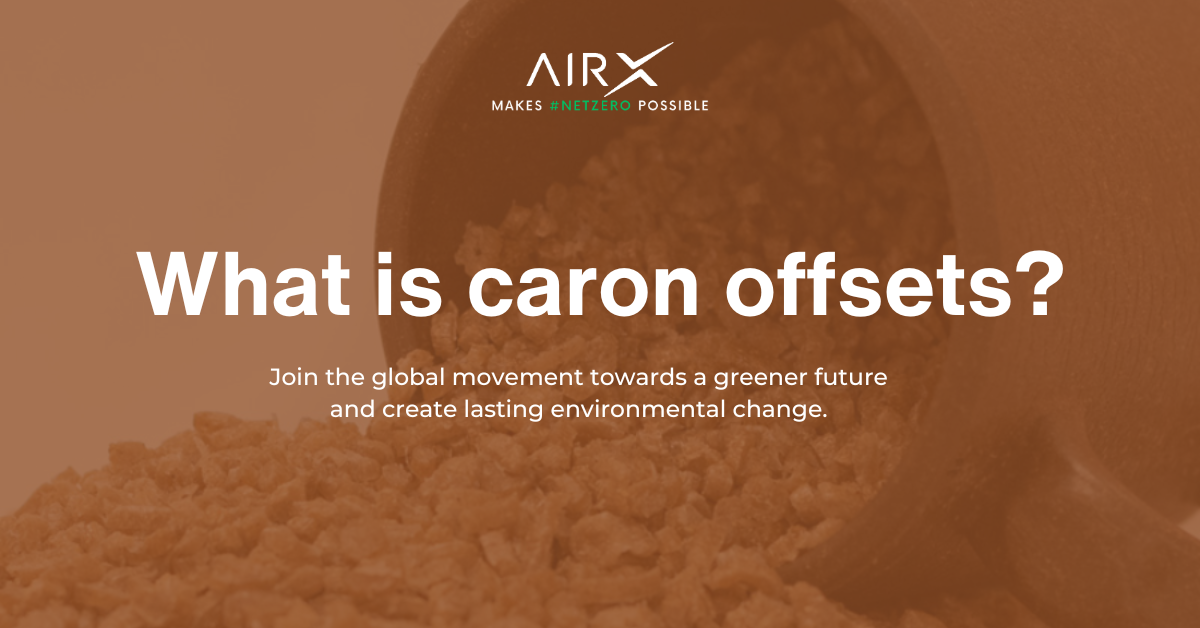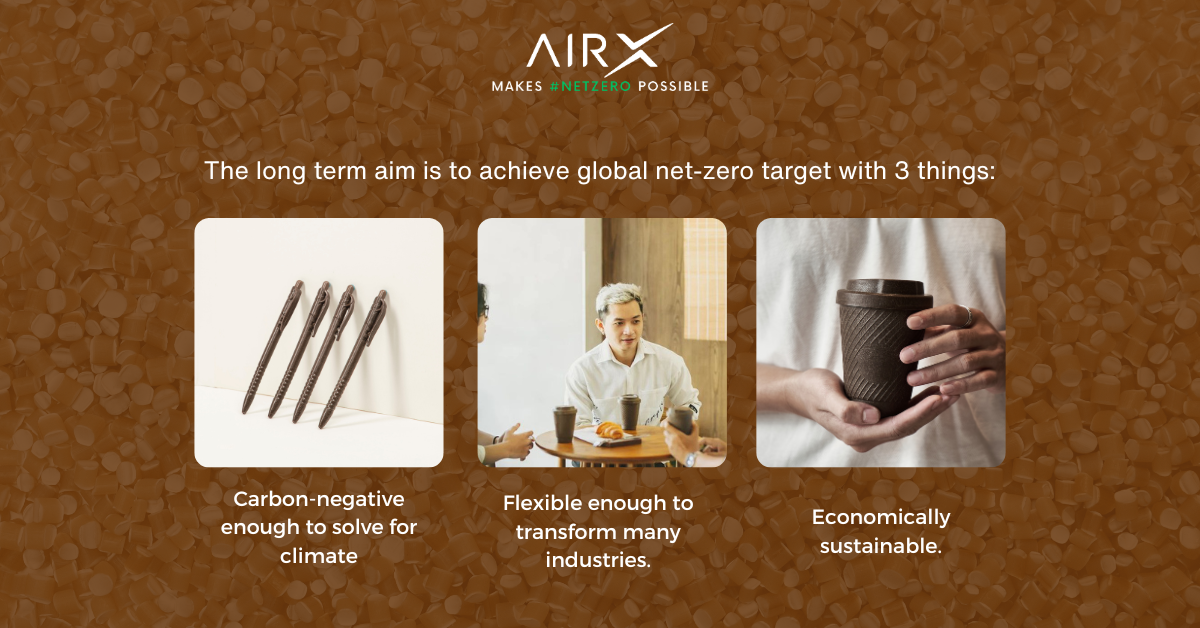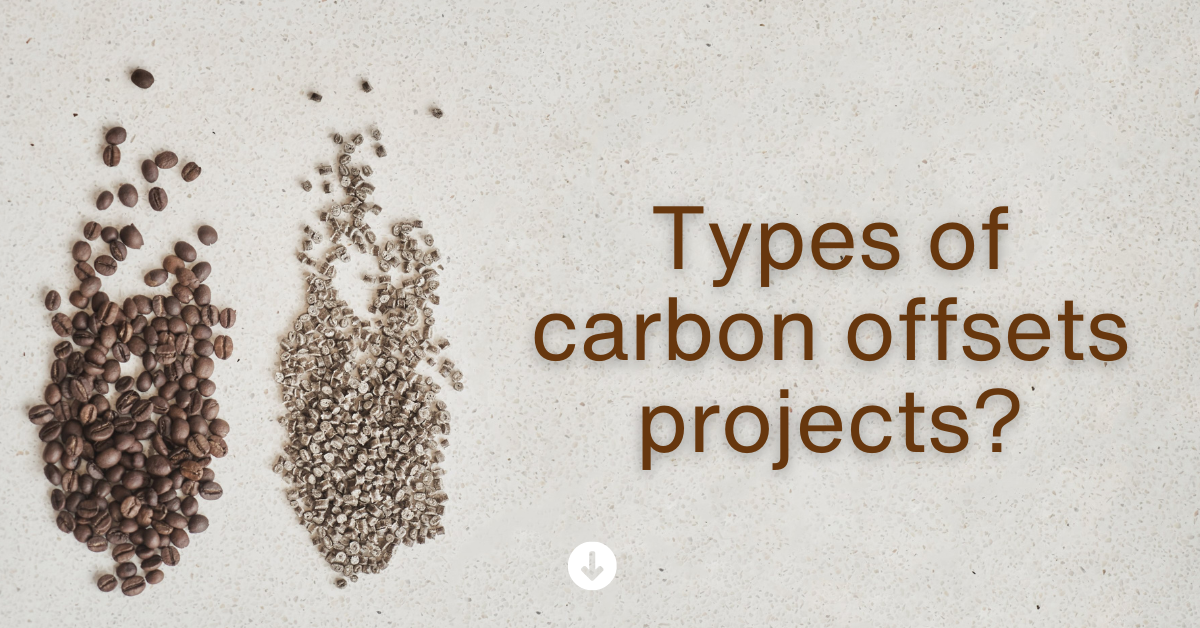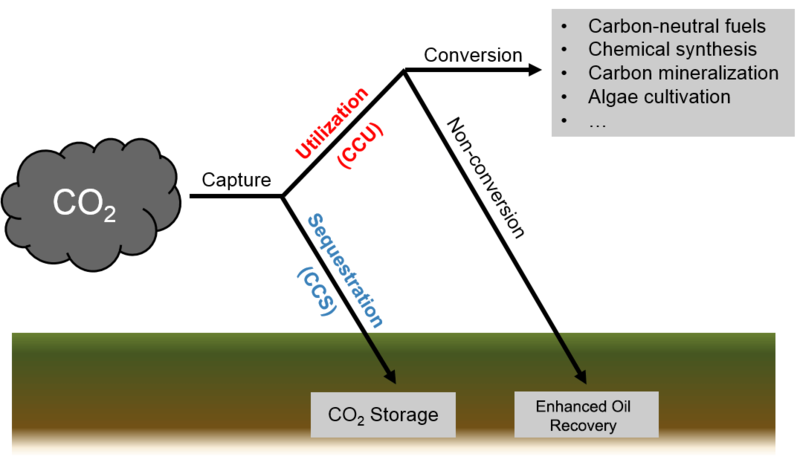Carbon Offsets: Understanding the Basics and Benefits

Our comprehensive guide explains the concept of carbon offsets, their benefits, and how they work. Learn how carbon offsets enable individuals, businesses, and organizations to neutralize their emissions and support sustainable initiatives worldwide. Join the global movement towards a greener future and create lasting environmental change.
What are carbon offsets?
Carbon offsets are a mechanism that allows individuals, businesses, and organizations to take responsibility for their greenhouse gas (GHG) emissions by investing in projects that reduce or remove an equivalent amount of emissions from the atmosphere.
When an entity emits carbon dioxide (CO2) or other GHGs into the atmosphere through activities like energy consumption, transportation, or industrial processes, it contributes to climate change. Carbon offsets offer a way to mitigate these emissions by funding projects that help reduce or offset the overall carbon footprint.
How does carbon offsets work?
Carbon offsetting works by following a general process that involves the calculation of greenhouse gas (GHG) emissions, the purchase of carbon offsets, and the retirement or cancellation of those offsets. Here's a step-by-step explanation of how carbon offsetting works:
Calculate GHG Emissions: The first step is to assess and calculate the amount of GHG emissions produced by an individual, business, or organization. This involves evaluating various activities and sources of emissions, such as energy consumption, transportation, waste management, and industrial processes. The emissions are typically measured in metric tons of carbon dioxide equivalent (CO2e).
Identify Offset Projects: Once the emissions have been quantified, the next step is to identify suitable carbon offset projects to invest in. These projects are typically certified and verified initiatives that promote emissions reduction or removal. Examples include renewable energy projects, forest conservation and reforestation efforts, methane capture and utilization, and energy efficiency projects.
Purchase Carbon Offsets: After selecting the desired offset projects, they are purchased from reputable providers or project developers. Each carbon offset represents one metric ton of CO2e that has been reduced or removed from the atmosphere. The cost of carbon offsets can vary depending on factors such as the project type, certification standards, and market conditions.
Retirement or Cancellation: Once the carbon offsets are acquired, they are retired or canceled, ensuring they are not resold or reused by anyone else. This step is crucial to ensure that the emission reduction represented by the offsets is not double-counted or claimed by multiple parties. Retirement is often done through recognized registries or platforms that track and manage carbon offsets.
Achieving Carbon Neutrality: By investing in carbon offsets equivalent to the calculated emissions, an individual, business, or organization can achieve carbon neutrality or a net-zero carbon footprint. Carbon neutrality means that the emissions generated are balanced out by the emission reductions or removals achieved through the offset projects.
It's important to note that carbon offsetting is not a substitute for reducing emissions at the source. The primary focus should always be on adopting energy-efficient practices, transitioning to renewable energy sources, improving operational efficiency, and implementing sustainable solutions. Carbon offsetting serves as an additional tool to address emissions that cannot be eliminated immediately and to support the development of sustainable projects worldwide.
Advantages of carbon offsets?
Carbon offsets offer several advantages in the fight against climate change and the pursuit of sustainability. Here are some key advantages:
Emissions Reduction and Climate Mitigation: Carbon offsets enable individuals, businesses, and organizations to take immediate action in reducing their carbon footprint. By investing in offset projects that reduce or remove greenhouse gas emissions, they actively contribute to global climate mitigation efforts. This helps in achieving emission reduction targets and addressing the urgent need to combat climate change.
Carbon Neutrality and Net-Zero Goals: Carbon offsets provide a pathway to achieving carbon neutrality or net-zero emissions. By balancing out their own emissions through the purchase and retirement of carbon offsets, entities can effectively neutralize their carbon footprint. This allows them to demonstrate environmental responsibility and align with sustainability commitments and targets.
Air X is one of the leading company in plant-based polypropyplene manufacturing aimed to achieve global net-zero target with 3 things:
- Carbon-negative enough to solve for climate.
- Flexible enough to transform many industries.
- Economically sustainable.

Learn more: Unveiling Net-Zero Solutions: Transforming Industries for Climate Action
Support for Sustainable Projects: Carbon offsets support and finance a wide range of sustainable projects worldwide. These projects include renewable energy initiatives, reforestation and afforestation efforts, methane capture and utilization, energy efficiency projects, and more. Firms have the ability directly contribute to the growth and expansion of these projects, fostering a transition to a low-carbon and sustainable future.
Environmental Co-Benefits: Many offset projects provide additional environmental co-benefits beyond emissions reduction. For instance, reforestation projects enhance biodiversity, restore ecosystems, and promote soil health. Renewable energy projects reduce reliance on fossil fuels and improve air quality. By supporting such projects, thiss concept contribute to broader environmental conservation and sustainability objectives.
Corporate Social Responsibility (CSR) and Reputation Enhancement: Engaging in carbon offsetting demonstrates a commitment to corporate social responsibility. It showcases an organization's dedication to sustainability, environmental stewardship, and addressing climate change. Carbon offsets can enhance the reputation of businesses, attracting environmentally conscious consumers, investors, and stakeholders.
Regulatory Compliance and Market Access: Carbon offsets can help entities meet regulatory requirements related to emissions reduction. In some jurisdictions, compliance with emission reduction targets or offset obligations is mandatory. Additionally, they also provide access to carbon markets, allowing entities to participate in emissions trading and potentially generate financial value from their offsets.
Education and Awareness: Carbon offsets raise awareness about the importance of climate change and individual actions. They encourage individuals and organizations to assess their carbon footprint, understand the impact of their activities, and actively engage in emission reduction efforts. Carbon offsetting serves as an educational tool, promoting sustainable behavior and fostering a sense of collective responsibility towards the environment.
Types of carbon offsets projects?

There are various types of carbon offset projects that contribute to emissions reduction and removal. Here are some common types of carbon offset projects:
Renewable Energy Projects: These projects focus on generating clean, renewable energy to replace or reduce the reliance on fossil fuels. Examples include wind farms, solar power plants, hydropower installations, and geothermal energy projects. By supporting renewable energy projects, carbon offsets help reduce greenhouse gas emissions associated with conventional energy production.
Forest Conservation and Reforestation: Forest-related projects aim to protect existing forests from deforestation and degradation, as well as promote reforestation efforts. These projects enhance carbon sequestration by preserving existing forest carbon stocks or planting new trees. They contribute to biodiversity conservation, ecosystem restoration, and sustainable land management.
Methane Capture and Utilization: Methane is a potent greenhouse gas emitted from various sources, including landfills, agricultural operations, and industrial processes. Methane capture and utilization projects involve capturing methane emissions and utilizing the gas for energy production or other beneficial purposes. These projects not only reduce methane emissions but also provide renewable energy alternatives.

Energy Efficiency Projects: Energy efficiency projects focus on improving energy efficiency in buildings, industries, and transportation. They involve implementing energy-saving technologies, upgrading infrastructure, and adopting sustainable practices to reduce energy consumption and associated emissions. Energy efficiency projects contribute to emissions reductions while offering economic benefits through cost savings.
Agricultural and Livestock Projects: Agricultural projects address emissions from agricultural practices and livestock production. They involve implementing sustainable farming techniques, optimizing fertilizer use, adopting conservation agriculture methods, and implementing methane capture systems in livestock operations. These projects aim to reduce emissions from agricultural activities while maintaining food security and promoting sustainable farming practices.
Clean Cookstoves and Household Energy Projects: Many households in developing countries rely on traditional biomass fuels for cooking and heating, leading to significant emissions and health issues. Clean cookstove and household energy projects promote the distribution and use of cleaner, more efficient cookstoves and household energy technologies. These projects reduce emissions, improve indoor air quality, and enhance energy access for communities.
Industrial Process Improvements: Industrial process projects focus on implementing emission reduction measures in industrial sectors. They involve adopting cleaner technologies, improving process efficiency, and reducing emissions from industrial activities such as cement production, chemical manufacturing, and steel production.
These projects contribute to emission reductions in energy-intensive industries.
These are just a few examples of carbon offset a project types. The carbon offset market is dynamic, and new project types and methodologies continue to emerge, expanding the range of options for individuals and organizations to support emissions reductions and sustainable practices.
Contact us
AirX is the world’s first carbon-negative bio-material made from coffee grounds manufacturer.
We specialize in producing bio-based composites using recycled carbohydrates derived from by-products such as coffee grounds, coconut husk, husk, and bamboo. Our goal is to promote sustainability through the use of eco-friendly materials.
We are always here to help and provide the best service possible. If you have any questions or would like to receive advice and feedback directly from our sales staff, please do not hesitate to contact us. You can reach us through:
- Whatsapp: +84 969 742 950
- Email: [email protected]
We look forward to hearing from you!

